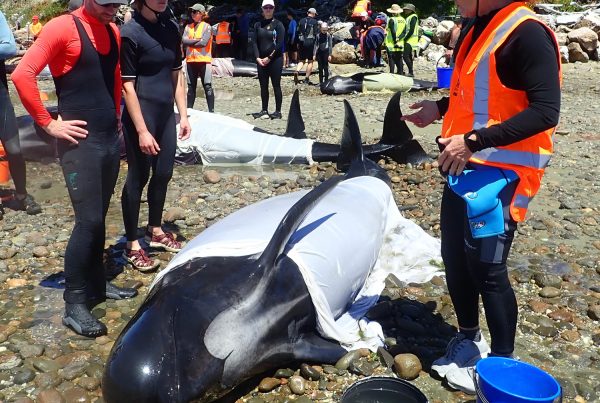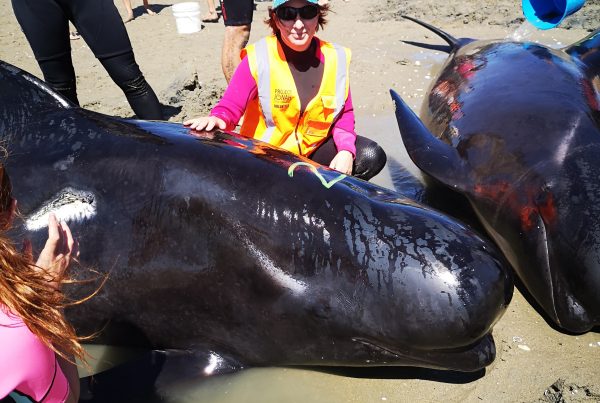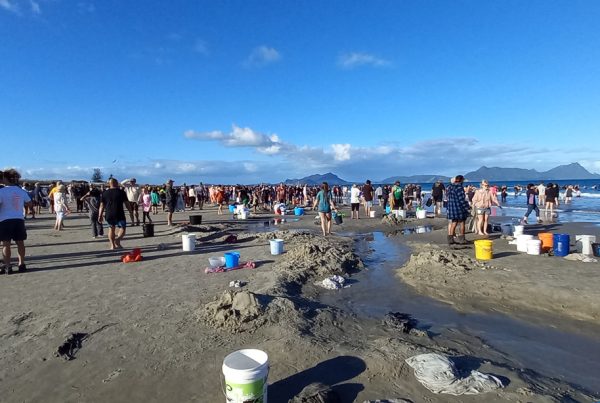
A recent study from the University of Otago has revealed fascinating insights into the post-whaling behaviour of humpback whales!
Humpback whales (Megaptera novaeangliae) whilst enormous in size are rarely seen in Fiordland, South Island. When they are sighted, it’s often during spring when they migrate South into cooler waters. There has been limited data on Humpback whales in Fiordland since the whaling era pre 1964. Researchers gathered data about when and where these whales travelled through Fiordland Marine Protected Areas. Data was collected from boat surveys, tourism trips and public sightings from 2005 through to 2022.
Most whale sightings occurred from September to December during their journey South. More whales were seen in spring than in the summer months. Some whales were seen in the same areas over time, and a few were even spotted eating! Most sightings were near the coast, particularly around Doubtful Sound, Taumoana Peninsula, and Dusky Sound.
Acoustic sensors in the area could hear whale vocalisations from February through to December, with the most activity in June during their migration North. The whales were found in places with specific water characteristics, likely related to finding food or resting. The presence of Humpback whales was also found to be significantly related to depth and mixed layer depth inside fjords as well as slow tidal currents on the outer coast.
This research provides valuable insights into the migratory patterns and habitat preferences of humpback whales in the Fiordland Marine Area, emphasising the importance of this region as a stopover during migration. The findings not only contribute to our understanding of humpback whale ecology but also have implications for conservation efforts and management strategies in the area. By identifying key habitats and migration corridors, this study lays the groundwork for future research aimed at further unravelling the mysteries of humpback whale behaviour and promoting their conservation in this unique marine environment.


